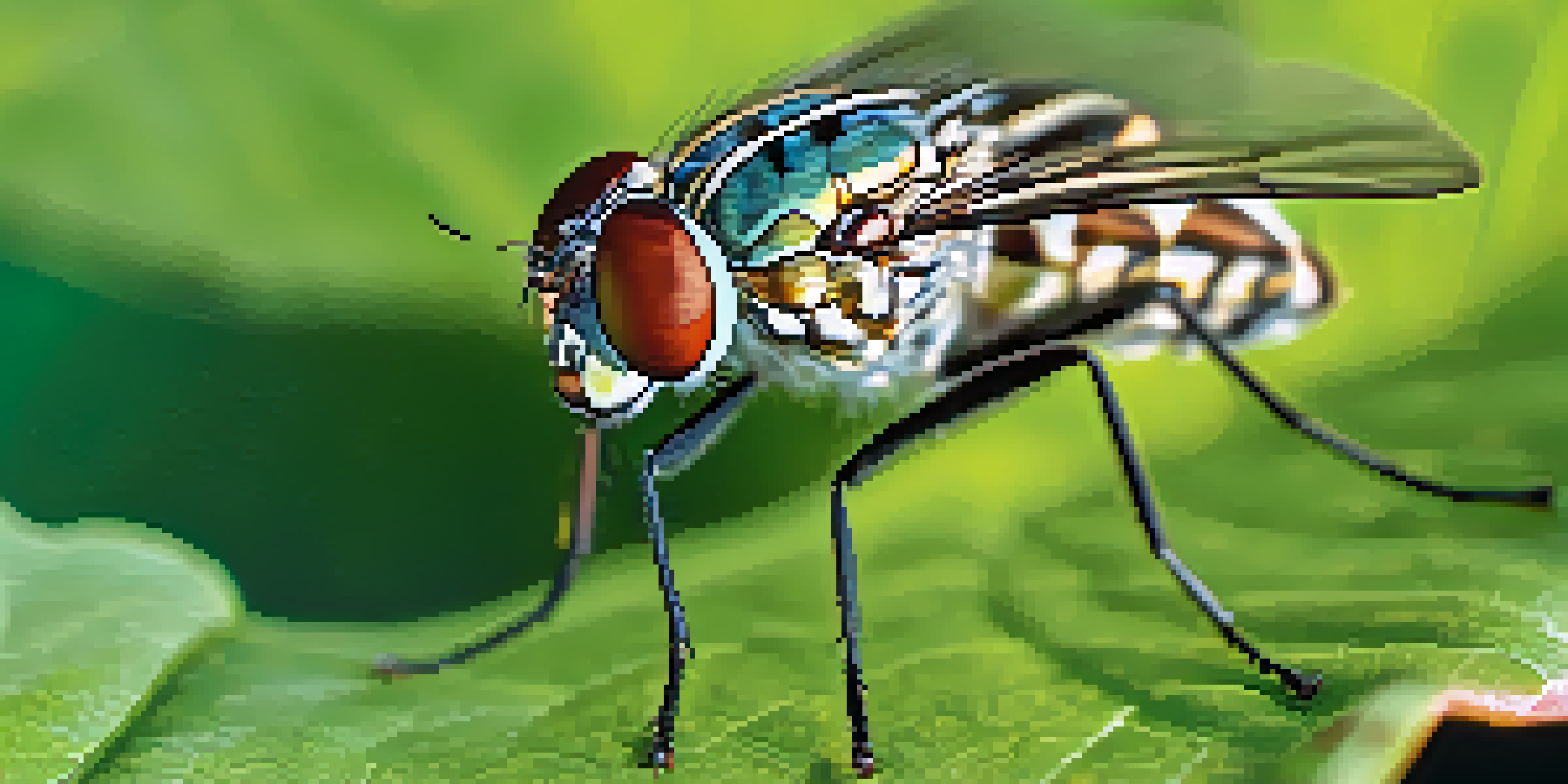Sleeping Sickness: Causes, Symptoms, and Treatment Insights

What is Sleeping Sickness and its Impact?
Sleeping sickness, or African trypanosomiasis, is a parasitic disease caused by the Trypanosoma brucei parasite. This infection is primarily transmitted through the bite of infected tsetse flies found in sub-Saharan Africa. It can lead to severe health complications, including neurological disorders, if left untreated, making awareness crucial.
Awareness is the first step in the prevention of disease.
The disease has two stages: the first involves fever, headaches, and joint pains, while the second affects the central nervous system, causing confusion and sleep disturbances. This dual nature makes early detection and treatment vital to prevent serious outcomes. Many communities in affected regions live in fear of the disease due to its potentially fatal nature.
Understanding the impact of sleeping sickness goes beyond physical symptoms; it affects economic stability and healthcare systems in regions where it is prevalent. Awareness programs are essential not only for prevention but also for reducing the stigma associated with the disease.
Causes of Sleeping Sickness Explained
Sleeping sickness is caused by the Trypanosoma brucei parasite, which exists in two distinct forms – gambiense and rhodesiense. The gambiense form is more prevalent and responsible for the chronic disease found in West and Central Africa, while the rhodesiense form is more acute and found in East Africa.

The primary vector for this infection is the tsetse fly, whose bite introduces the parasite into the bloodstream. These flies thrive in rural areas, particularly near rivers and lakes, making certain communities more susceptible. Environmental factors, such as deforestation and agricultural practices, can also influence the prevalence of tsetse flies.
Understanding Sleeping Sickness
Sleeping sickness, transmitted by tsetse flies, can lead to severe health complications if not detected and treated early.
Understanding these causes highlights the importance of controlling tsetse fly populations and educating communities on preventive measures. By addressing the environmental and biological factors, we can work towards reducing the incidence of sleeping sickness.
Key Symptoms of Sleeping Sickness to Recognize
Recognizing the symptoms of sleeping sickness is crucial for early intervention. Initially, individuals may experience fever, fatigue, headaches, and joint pain, which can easily be mistaken for other illnesses. This can lead to delays in seeking treatment, emphasizing the need for awareness and education.
The greatest weapon against stress is our ability to choose one thought over another.
As the disease progresses into the second stage, symptoms can become more severe, including confusion, behavioral changes, and disrupted sleep patterns, hence the name 'sleeping sickness.' Patients often find themselves battling excessive daytime sleepiness or insomnia, creating a challenging cycle of fatigue.
Awareness of these symptoms can make a significant difference in treatment outcomes. If caught early, sleeping sickness is treatable, but recognizing these signs is the first step toward effective healthcare.
Diagnosis of Sleeping Sickness: What to Expect
Diagnosing sleeping sickness involves a combination of clinical examination and laboratory tests. Healthcare professionals often start with a detailed patient history to identify potential exposure to tsetse flies, followed by physical examinations for symptoms.
Laboratory tests are critical in confirming the presence of the Trypanosoma brucei parasite. This often involves blood tests, and if the disease is suspected to be in the second stage, a lumbar puncture may be performed to analyze cerebrospinal fluid. Early diagnosis is key, as it directly influences treatment success.
Recognizing Key Symptoms Early
Awareness of symptoms like fever and confusion is crucial for timely intervention and effective treatment.
Understanding the diagnostic process can alleviate anxiety for those seeking help. It’s essential for individuals in endemic regions to know the importance of timely medical evaluation to ensure the best outcomes.
Treatment Options for Sleeping Sickness
Treatment for sleeping sickness varies depending on the stage of the disease. For the first stage, medications such as pentamidine are commonly used, while the second stage requires more intensive treatment with drugs like melarsoprol or eflornithine. These medications target the parasite effectively, but they can have side effects, making medical supervision essential.
Recent advancements in treatment have improved outcomes, but access to these medications can be a challenge in rural areas. International health organizations are working diligently to ensure affected populations receive the necessary drugs and care. Community education plays a significant role in improving access to treatment.
The journey to recovery from sleeping sickness can be arduous, but early detection and proper treatment can lead to full recovery. Patients are encouraged to follow up with healthcare providers to monitor their health and manage any complications.
Preventive Measures Against Sleeping Sickness
Preventing sleeping sickness is largely about reducing exposure to tsetse flies. This includes wearing protective clothing, using insect repellent, and avoiding areas with a high density of these flies, especially during times when they are most active. Community education and awareness campaigns are essential to inform people about these measures.
Additionally, controlling tsetse fly populations through environmental management and the use of traps can significantly reduce transmission risks. Efforts to improve living conditions in endemic areas, such as clearing brush and planting barriers, can also help minimize fly habitats.
Community Awareness is Essential
Educational initiatives and support systems are vital for empowering communities to prevent and manage sleeping sickness.
By integrating community health strategies with environmental management, we can take significant steps towards controlling sleeping sickness. Prevention is always better than cure, making these initiatives vital for at-risk populations.
The Importance of Community Awareness and Support
Community awareness is crucial in combating sleeping sickness. Education about the disease, its symptoms, and preventive measures empowers individuals to take charge of their health. Local leaders and healthcare workers play a key role in disseminating this information, fostering a culture of vigilance and care.
Support systems are vital for those affected by sleeping sickness, as they often face social stigma. Community initiatives that provide emotional and psychological support can help in the recovery process. Encouraging open discussions about the disease can break down barriers and promote understanding.

Involving communities in prevention and treatment efforts creates a sense of ownership and responsibility. By working together, we can effectively reduce the prevalence of sleeping sickness and support those impacted by the disease.